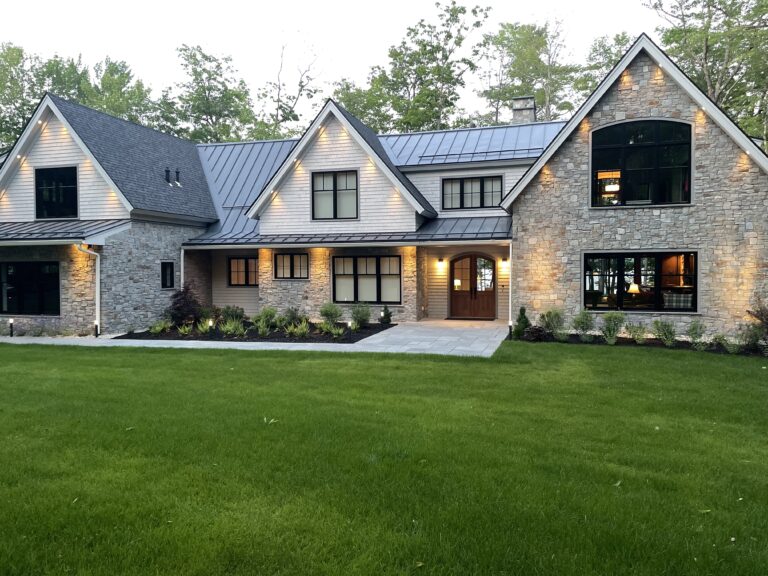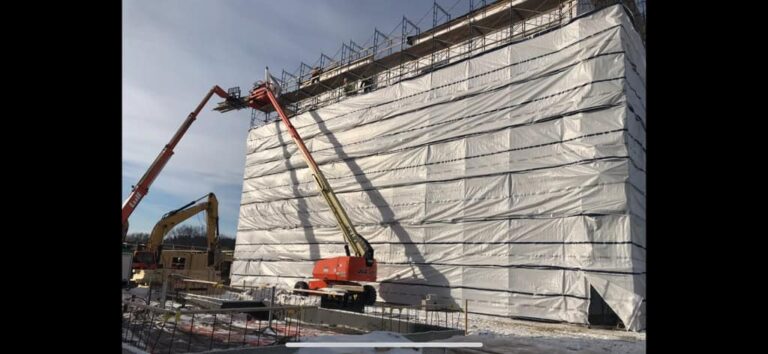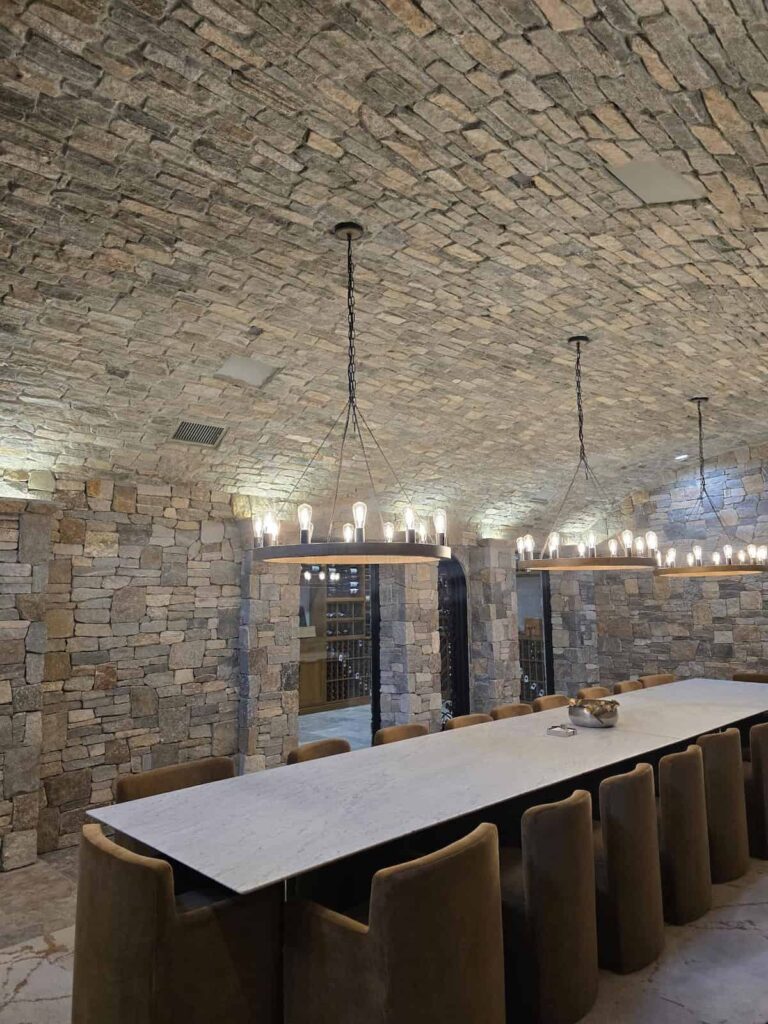
Similar Posts

Retaining Wall with Stone Veneer: A Complete Guide
A retaining wall finished with natural stone veneer combines the structural strength of a concrete or block core with the…

Natural Thin Stone Veneer Starting at Just $14.25/SF — Save More with Volume Discounts!
Premium New England Stone Veneer That Fits Your Budget and Your Vision When it comes to sourcing premium natural thin…

Cold Weather Stone Installation: Tips for Success
Installing stone in cold weather can be a daunting task. However, with a few precautions and techniques, you can ensure…

Top 5 favorite Stone Projects of 2024
We’re excited to celebrate the success of our customers by sharing some of the most stunning thin stone veneer projects…

Average Height of Fireplace Mantel A Builder’s Guide
Determining the correct fireplace mantel height is critical for both design balance and safety. Whether integrating with an electric, gas,…

Stoneyard Launches New Branding & Website
Stoneyard Inc. is excited to announce the launch of our new branding and website, marking a significant milestone in our…